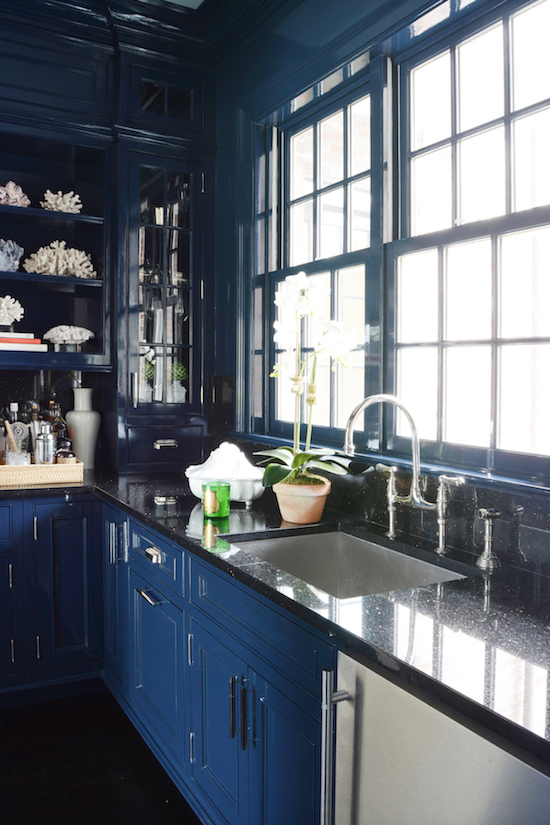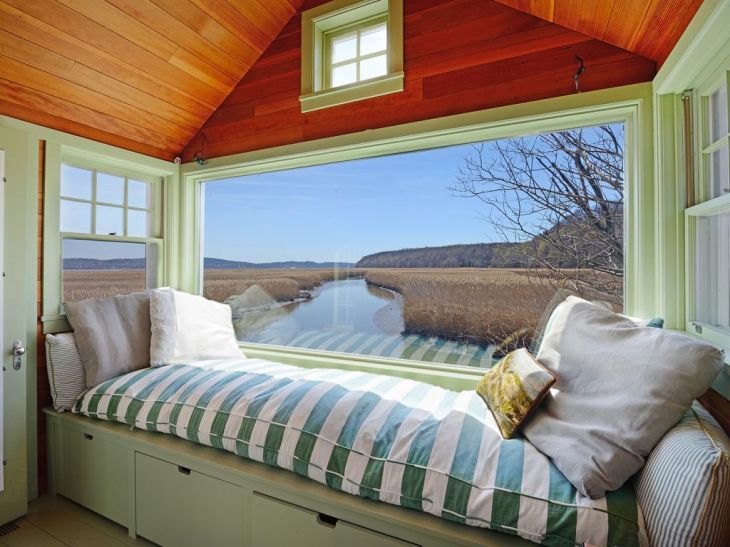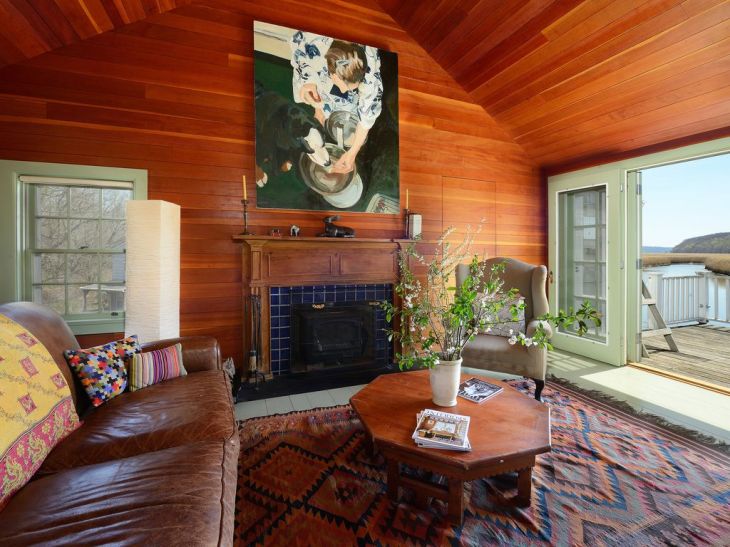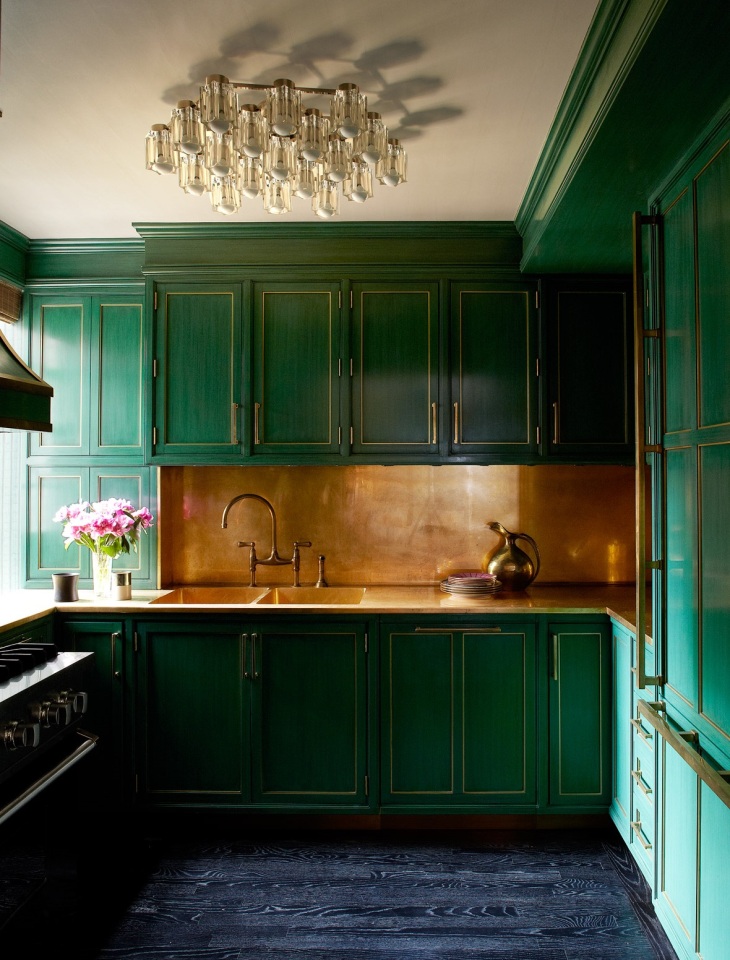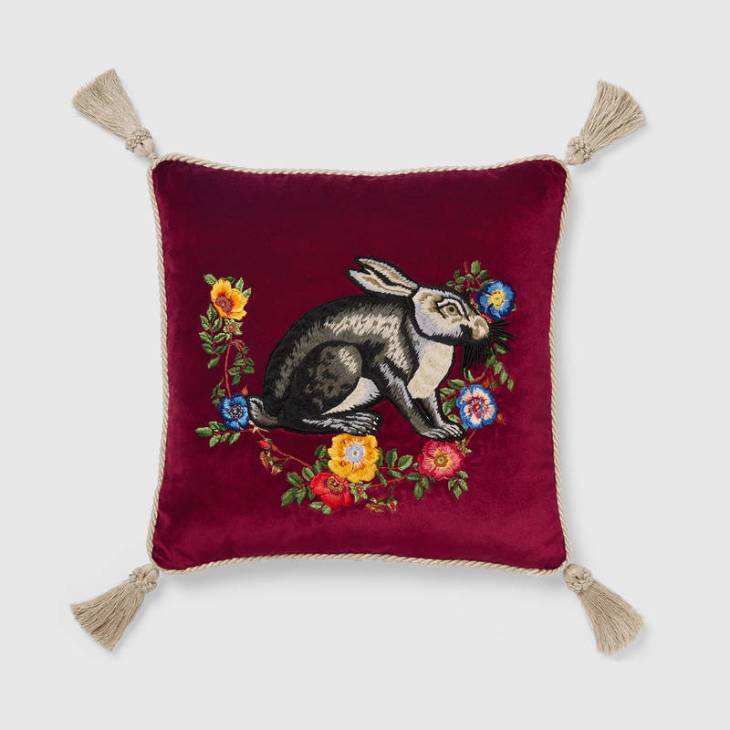
Driving down a winding country road, trees looming large on both sides of the road, windows rolled all the way down, and the smell of balsam strong in the air, I thought 0 for the first time in my life, I think – wouldn’t it be incredible to have a little cabin in the woods? Ok, ideally the woods would be more like a lakefront clearing, and the cabin would be a lodge with more than just the most basic of amenities. But you get the point. Villa Rustica.
Last week some family members and I took a day trip into the Adirondack region of Upstate New York. Long a getaway for nature lovers, sportsmen, and wealthy city-dwellers, the region has a long history as an R&R refuge for generations of families. Lake Placid, one of the villages we visited, has even played host to the Winter Olympics – twice! Everyone from the Vanderbilts to Michelle Williams has called the area home. In fact, Michelle Williams recently got married in secret at her home there, where she had lived for years following Heath Ledger’s death. But really, the celebrity pedigree doesn’t matter, when the towns are this charming and the scenery is this beautiful. And as far as scenic getaways go, it’s quite affordable.
Long story short; it got me thinking. If I had a small lakeside cabin/lodge, how would I outfit it? It seems the trap would be to either be too polished, losing sense of place, or to err on the side of being too unfussy, too rustic, sacrificing a more personal design in favor of utility and local tradition. How do you strike the balance? I’ve included two photos below as examples of a starting point. You purchase a cabin, it likely comes at least partially furnished. Where do you go from there?
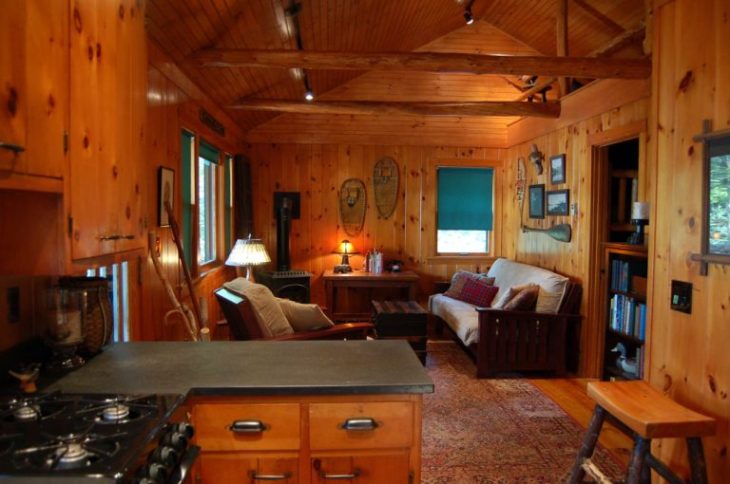
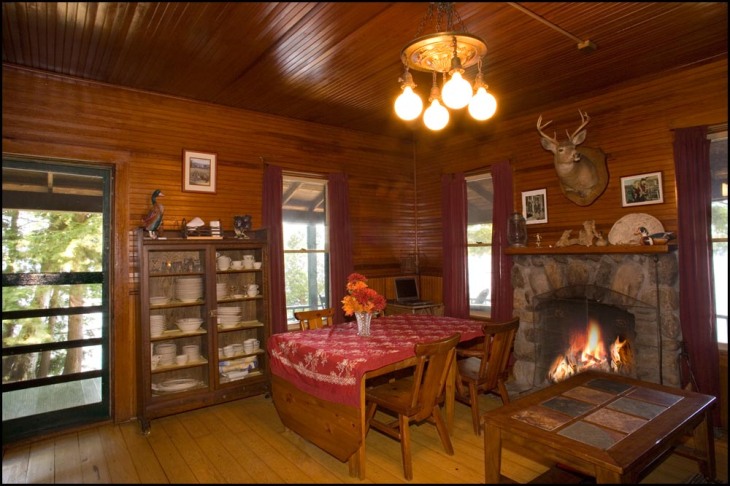
Now don’t get me wrong, I like the simplicity, the comfort, the homey feel. But if I were the owner, and had say, $15,000 to make some upgrades, what would I do? For starters, I would not touch the hardwood floors, the wooden paneled walls and ceilings, the stone fireplace or the little black wood-stove. Those things feel so thoroughly part of the vernacular that to eliminate them or hide them would be inappropriate design. But rugs, seating, tables, light fixtures, and wall adornments are all fair game. Taxidermy? No thanks. Oars on the wall? I feel the same way about oars as decor as I do surfboards as decor. It’s gotta go. Below are some ideas:

vintage Calvin Klein quilt
farmhouse lighting – simple and elegant 
vintage game table, perfect for a rainy day but pretty to look at all the time and so fitting for a vacation cabin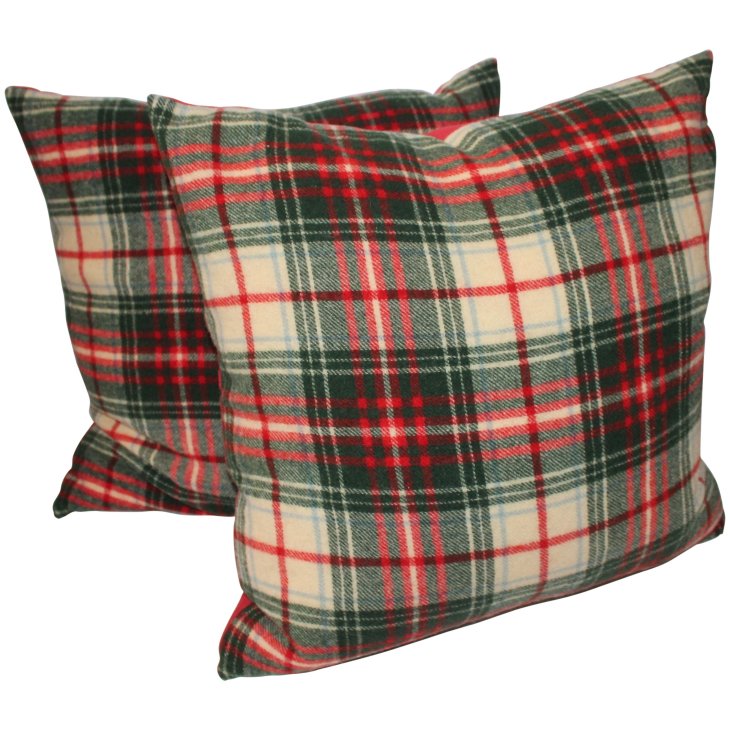
warm, classic throw pillows in a nice plaid
leather weave dining chairs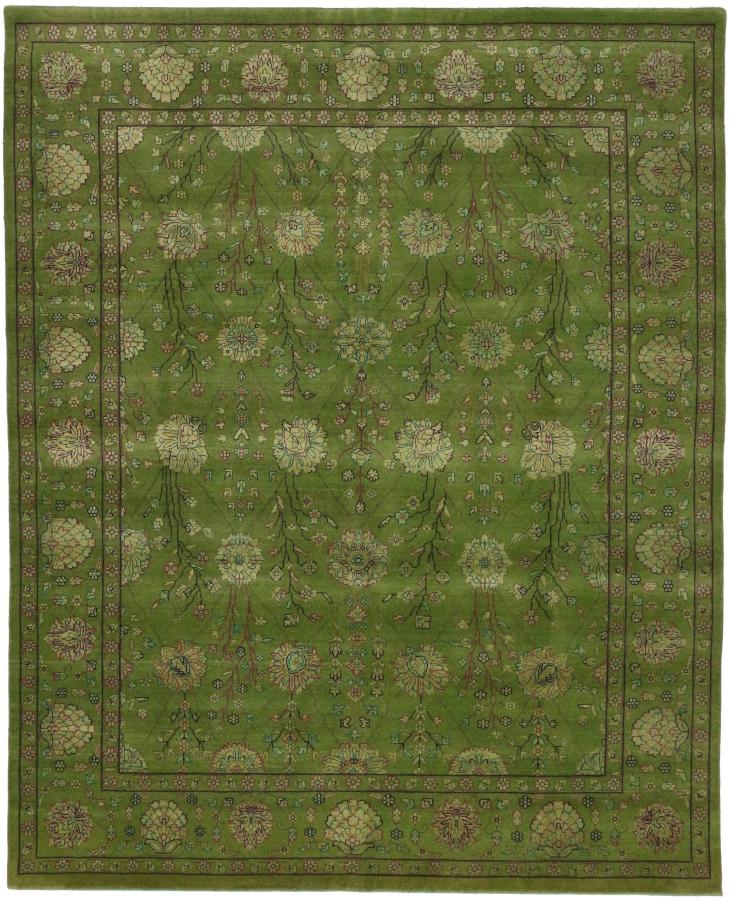
I love this green rug, you wouldn’t want too loud of a pattern since there’s lots of other pattern around, and the green brings the outdoors in
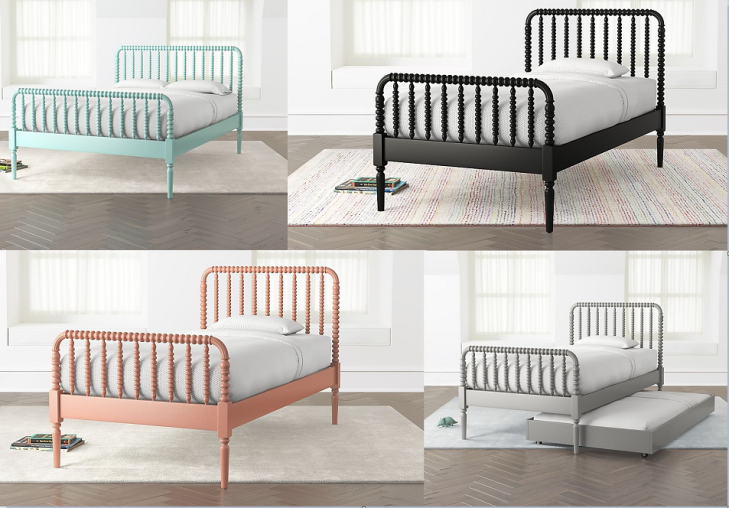
multicolor wooden beds. I like the detailing

again with the green – love this “rosemary” color from Le Creuset 
rattan/wicker coffee table
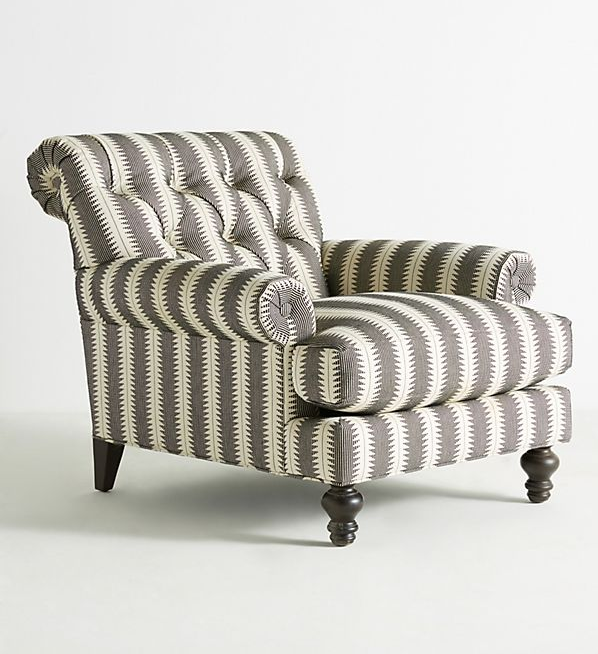
could look stuffy in a different fabric, but this print is fun and classy and would work well to offset more rustic pieces
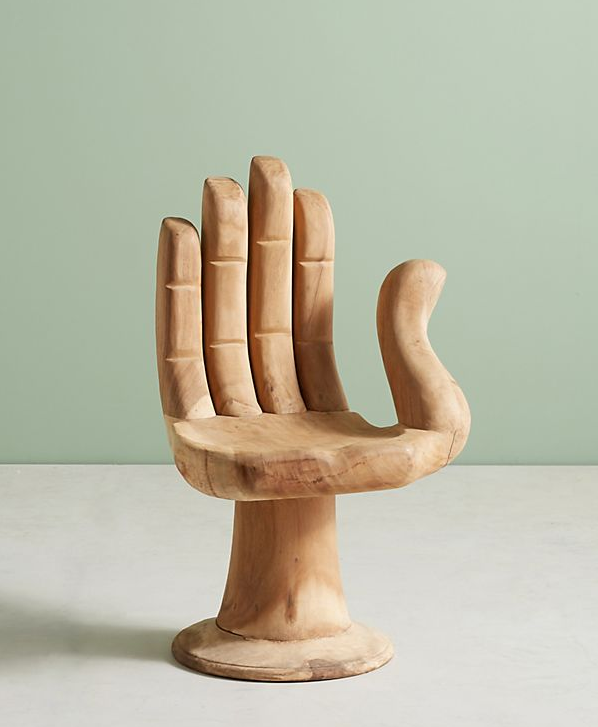
Got to have some whimsy, something fun. This chair provides that

and in case the chair wasn’t enough whimsy, these certainly are
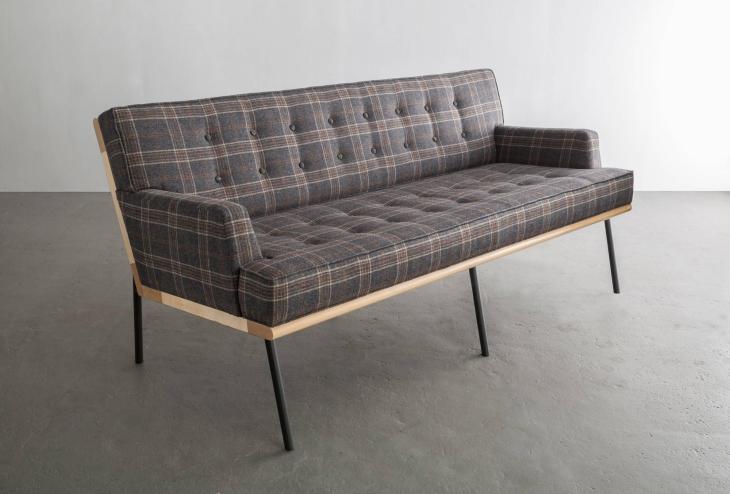
Love that this feels modern, and rustic. Beautiful subdued plaid and visible wood. A great piece.

Absolutely love this chair. Texture, pattern, detail. Pure class!






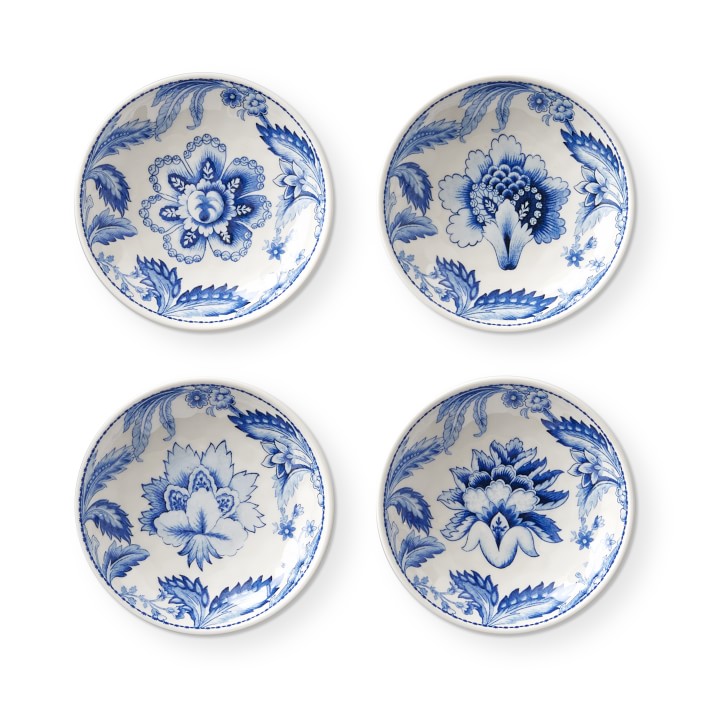







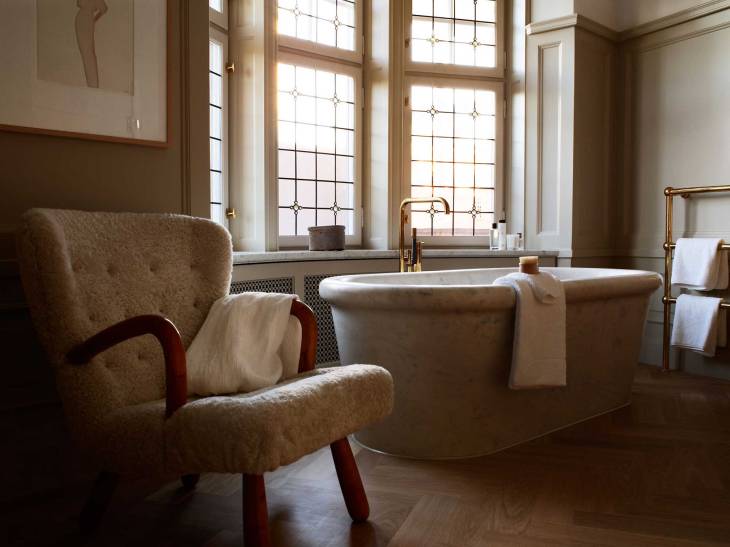


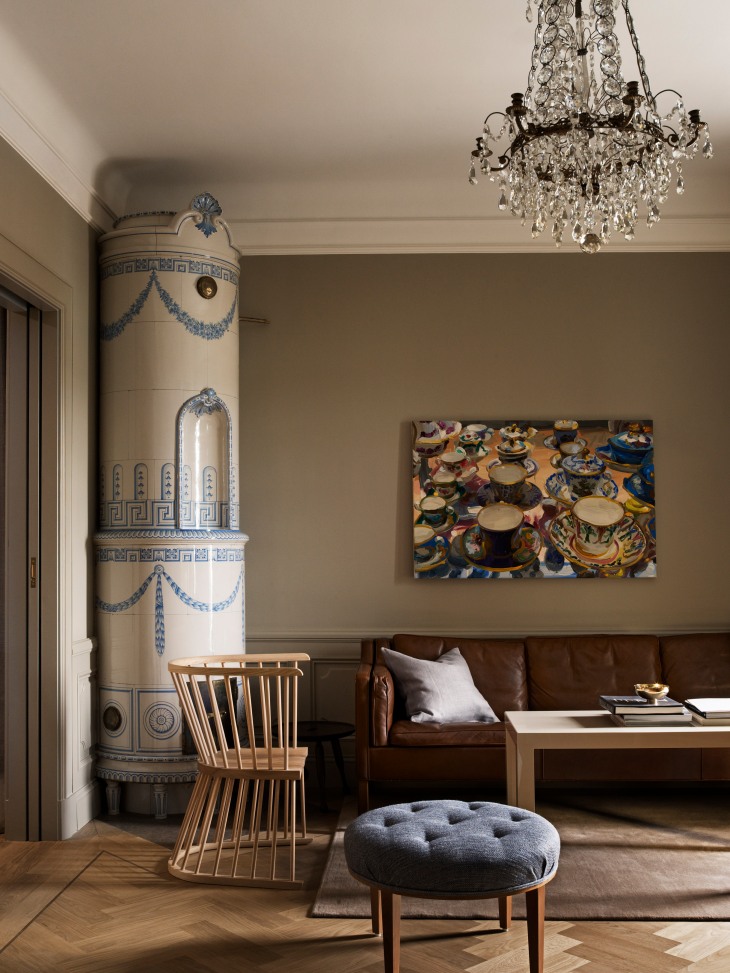
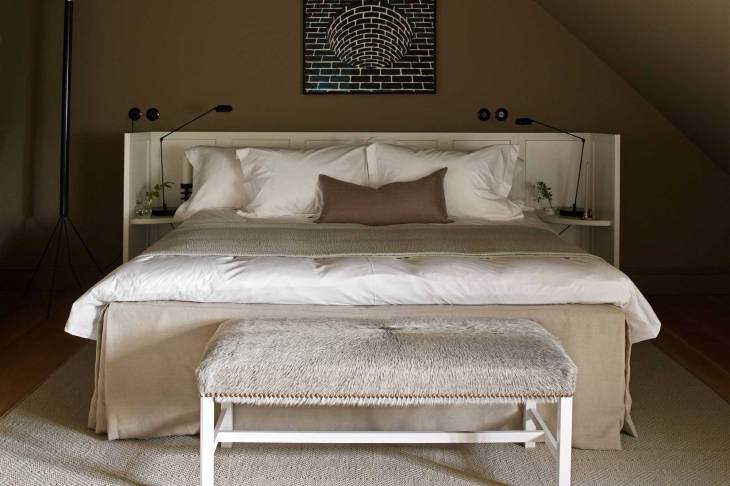















 ^ Plastic Tumblers 16oz ($1.99 each) and 22oz ($2.49 each)
^ Plastic Tumblers 16oz ($1.99 each) and 22oz ($2.49 each) ^ Velvet Fringe Pillow ($24.99)
^ Velvet Fringe Pillow ($24.99) ^ Palm Taper Candlesticks ($14.99 each)
^ Palm Taper Candlesticks ($14.99 each) ^ Artificial Palm Leaf Plant in Gold Base ($24.99) – I’m not sure I can keep a real one alive
^ Artificial Palm Leaf Plant in Gold Base ($24.99) – I’m not sure I can keep a real one alive ^ Various Wood and Cast Frames ($14.99 each)
^ Various Wood and Cast Frames ($14.99 each) ^ Green Embroidered Tassel Accent Rug ($19.99)
^ Green Embroidered Tassel Accent Rug ($19.99)






